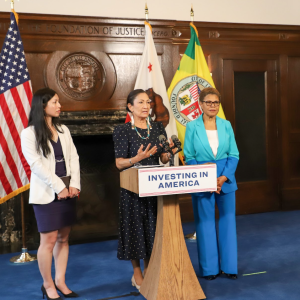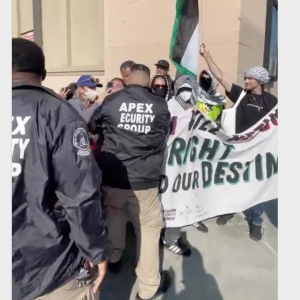 View Winners →
View Winners → Proposition 13 Causing Confusion Among Voters


Proposition 13 (2020) authorizes bonds for construction and modernization of public education facilities. – Courtesy photo / brent (CC BY 2.0)
Proposition 13 (2020) is NOT a repeal of the 1978 proposition with the same digits
By Terry Miller
Voters are confusing Proposition 13 on the March 2020 ballot with a 1978 property tax initiative. The proposition may have the same number as Proposition 13 of 1978 but it has nothing to do with the well-known constitutional amendment on property taxes.
California began resetting proposition numbers back to 1 every 10 years. The numbers were reset in 2018 and will reset again in 2028.
The March proposition authorizes bonds for facility repair, construction, and modernization at public preschools, Kindergarten–12 schools, community colleges, and universities.
The 2020 Proposition 13 authorizes the sale of $15 billion in state general obligation bonds for construction and modernization of public education facilities. Fiscal impacts of the proposition include increased state costs to repay bonds estimated at about $740 million per year (including interest) over the next 35 years. This amount is about one-half of 1% of the state’s current General Fund budget.
The argument against the proposition also draws a distinction between it and the one from 1978: “Huge increases in property taxes are a near certainty. Who pays property taxes? We all do, either directly in property tax bills or through higher rents and other costs. Unlike the Prop. 13, from 1978, this Prop. 13 places all taxpayers at risk of higher taxes,” wrote Jon Coupal, president of the Howard Jarvis Taxpayers Association.
So, just what is Proposition 13 of 1978? This constitutional amendment was passed by voters in 1978 and limits the tax rate for residential and commercial real estate. The proposition remains popular with homeowners who are concerned about property taxes.
Proposition 13 (1978) places a cap on tax rates for residential, commercial and industrial properties at 1% of the property’s purchase price, with an annual adjustment equal to the rate of inflation or 2%, whichever is lower.
This is meant to protect financially vulnerable property owners, as market values in California tend to increase faster than 2% per year, meaning the taxable value of commercial and industrial properties is often lower than the market value, according to the state Legislative Analyst’s Office.
The passing of Proposition 13 in 1978 has been credited with reducing California property taxes by about 57%.
There is, however, an initiative, called “The California Schools and Local Communities Funding Act of 2020,” which qualified for the November ballot that if passed, would reassess property values of commercial and industrial properties, except for those zoned as commercial agriculture, at their current rate rather than the assessments currently used under Proposition 13 (1978). The initiative would not affect residential properties and is not connected to Proposition 13 (2020).
The initiative seems to have gained traction due to the threat of increased commercial property taxes.
As for Proposition 13 (2020), there is a massive social media push for voters to select “no” on March 3.












































































































